How I proposed with a board game I created
And why it wasn't possible without stable diffusion
Last week I proposed to my girlfriend with a board game I created called “Rhymates”.
We both love board games so I knew I wanted to do something related.
The Process
I started by finding out what’s possible for one person to do and found a few wonderful tools:
Fresh off the oven, Stable Diffusion, DALL E and lexica.art for image generation
Inkarnate for map creation
Figma and this Figma template for cards and asset designs
The Game Crafter for manufacturing
So I had all these cool tools at hand, but I wasn’t sure what the game mechanics should be. After being stuck on it for a few hours I decided to start with the theme and content and leave the game mechanics for later.
Cards
The first thing I did was write down a bunch of references we share, and split them into positive and negative references
My idea was that throughout the game she will pick up cards and enjoy the content, regardless of the actual game. Negative references will be our “monsters” and positive references will be “items” or “companions”.
I started out using this Figma template. I initially wrote the content inside Figma to figure out the length of text that nicely fits in a card, and from then on wrote everything in google docs. This made it easier to work on as I could write content on mobile during a walk.
I made up stats that I thought would be funny for each card, but I knew this will probably change once I realize what the actual game is about.
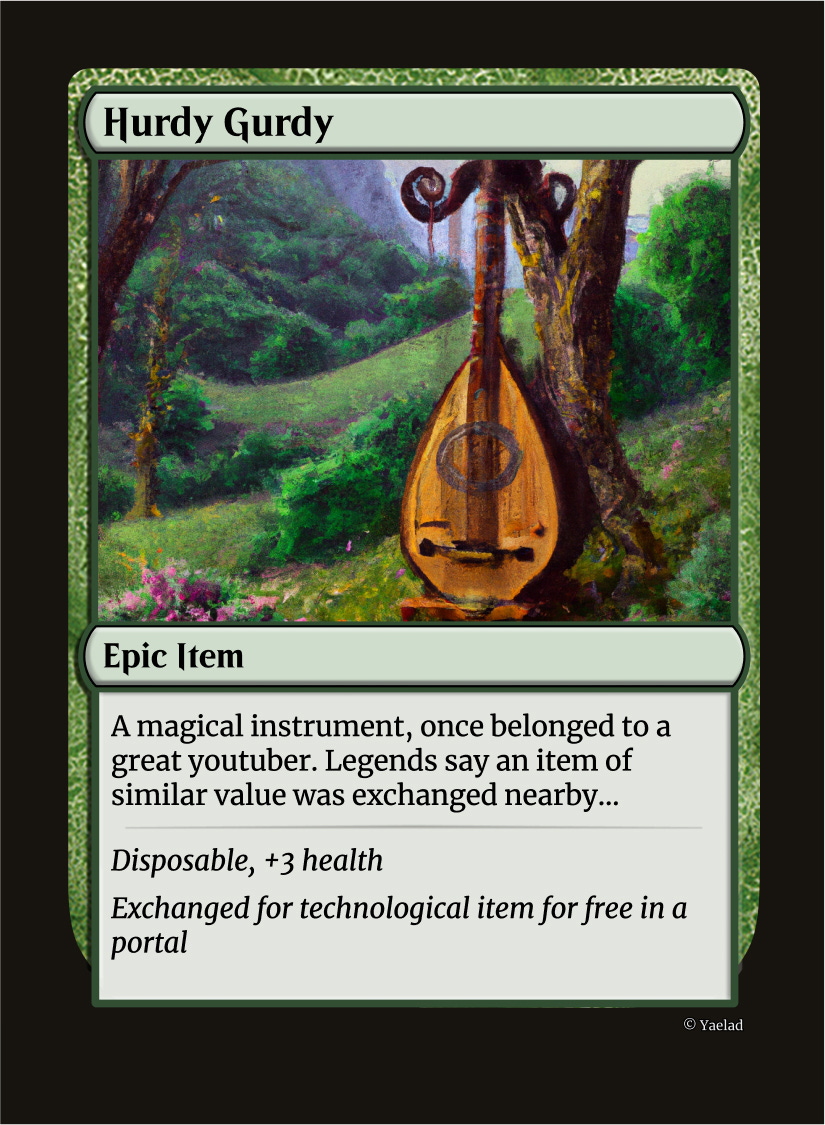
Map
After finding Inkarnate I just had to make a map. My girlfriend is an avid D&D player, I had no choice.
They have a freemium model but their free version is too limited so I paid for the premium account.
I started out by modifying an existing map, but realized that it would actually be easier for me to create a new one from scratch which is what I ended up doing.
I started by creating locations that are important to us, such as our home towns and places we have been to:
I later added some more details to each, and made the ground a bit different across places
At the end the map looked like this:
The Box
At some point I started to imagine the actual proposal flow, and it was immediately apparent that the first thing she will notice will be the box so I wanted it to be great.
At first I thought to reuse the map and add a title:
But her sister thought that was not a good idea. She was right - almost all board games have separate art for the cover. The initial goal of the game was to reach the middle of the map - which is the mountain where I would propose to her. So I tried to create an image of two travelers reaching a mountain. Here are some results:
I wasn’t very happy with them, and that’s when I started scrolling lexica.art. Instead of having an idea and forcing it on the model, I wanted the model to inspire me with what’s possible. I also thought of this image as an inspiration
We both love this image and I thought a beautiful “fantasy” take on it would be very cool.
After searching for a while I stumbled into this prompt:
I liked the style.
I then:
Modified the prompt by switching Diverse d & d party of 4 adventurers to "2 adventurers”
Ran the prompt in stable diffusion using replicate.com
Improved the resolution by upscaling with real-esrgan (again on replicate.com).
This gave me 4 results, one of which I liked:
Cool Cool. Could be nice if it looked more like us though.
I asked my future sister in law if she could adjust the hair and character clothing to be more like us in the inspiration image above. She is an artist and it took her a few minutes. The result after adding a title:
Now we’re talking.
I needed to create additional art for the sides of the box. I added that art using the DALL E Outpainting feature:
Game mechanics and Play Testing
So at this point I had a few cards, a rough map and and cover art. but I didn’t have a game.
So I came up with an initial idea that I thought was cool and suited our story. I printed the cards and the map and played it through with my girlfriend’s sister and her partner. It didn’t quite work out.
I changed a lot of things but thought the feedback loop was horrible: I had to visit whoever I test the game with, changing things by hand takes time and all the changes are handwritten on paper so I need to rewrite them later.
So I created an ugly web app:
Technical note: I used SyncedStore to make it a collaborative peer to peer app, which meant I didn’t even need to setup a server.
This allowed me to play with friends without meeting, and easily change cards/stats on the fly by editing code.
I played through the game a few times.
Initially the goal of the game was to reach the middle together. The map was divided into hexagons which you could move between, you could trade cards through portals and items, and it was harder to navigate as you got closer to the middle.
This sounded cool in theory but was very boring in practice. It wasn’t collaborative enough. It felt like farming, but without the fun you get when farming in video games.
At this point I decided not to invent the wheel and start by borrowing some mechanics of an existing cooperative game - Pandemic.
Each player will have a small set of possible moves. The towns will be connected via a network, and every round will start by adding “items”, “monsters” and “companions” to the map randomly, etc etc. It wasn’t pandemic, but the comparison made it easier to produce something of modest quality.
Those changes in turn required me to create additional location cards and mission cards, as well as change the stats of each “reference” card:
I played through it a few times, found edge cases, handled… most of them, and landed on something that I thought is good enough.
Manufacturing
I searched for manufacturing solutions online. I was a bit turned off by The Game Crafter because of the old ui design, but I quickly realized that this is actually a good sign: the design is old because the company is well established. They have support for almost everything you can dream of and a straight forward, feature packed web app. One of the cool features is the 3d simulator of the box. This helped me catch a few problems and fix them.
The Result
Further Thoughts
I had a lot of fun making this. I have never asked for this much help from friends and family when building something and I feel grateful for all the help I got. The help really made a difference and people love to help1.
This was also my first real experience with generated art.
I have heard a lot about how this is going to change everything for artists, and there is no doubt it is, but I am not sure it will “take their job”. I would have never made this game in the first place if not for those models, and I did use an artist for the final touches of the cover (And I would have paid for that fix if I had to).
If this is any indication, I expect additional work for artists for many “final touches” cases where quality is important. These additional work requests would have never happened if the models didn’t exist in the first place.
I also think physical art mediums - board games, posters, calendars - might have a big surge. Having a unique physical thing in your house hits different. What was previously just photos of your family might now become art of all sorts spread around your house - custom made for you.
I have never seen this vision of the future in any of the “futuristic” movies which is why it is probably harder to imagine. Exciting times.
Thanks for reading,
Elad
P.S. She said yes.
A friend made a game analysis algorithm to help me balance the stats. He literally wrote a simulation of the game. I would have never done that but he wanted to help!

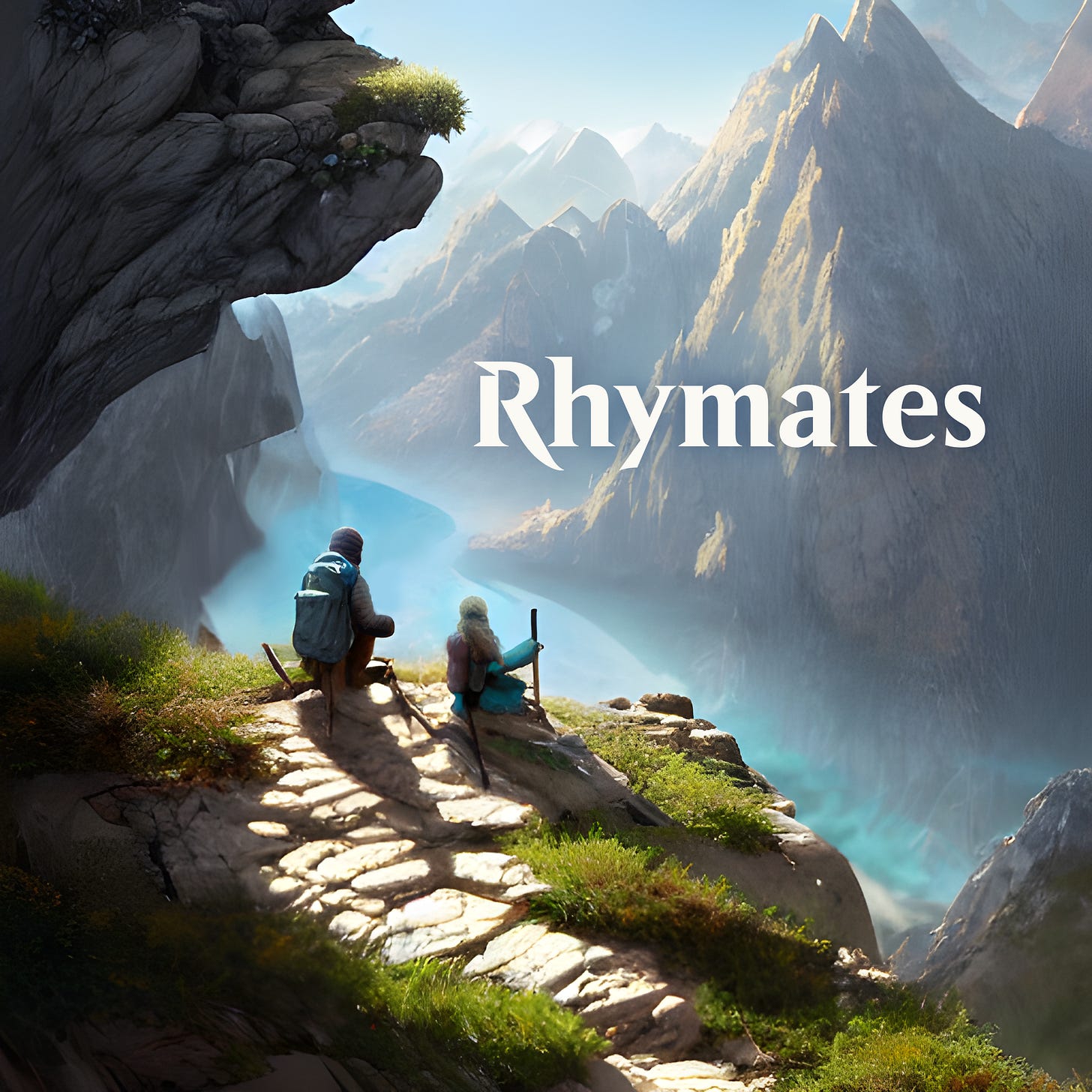
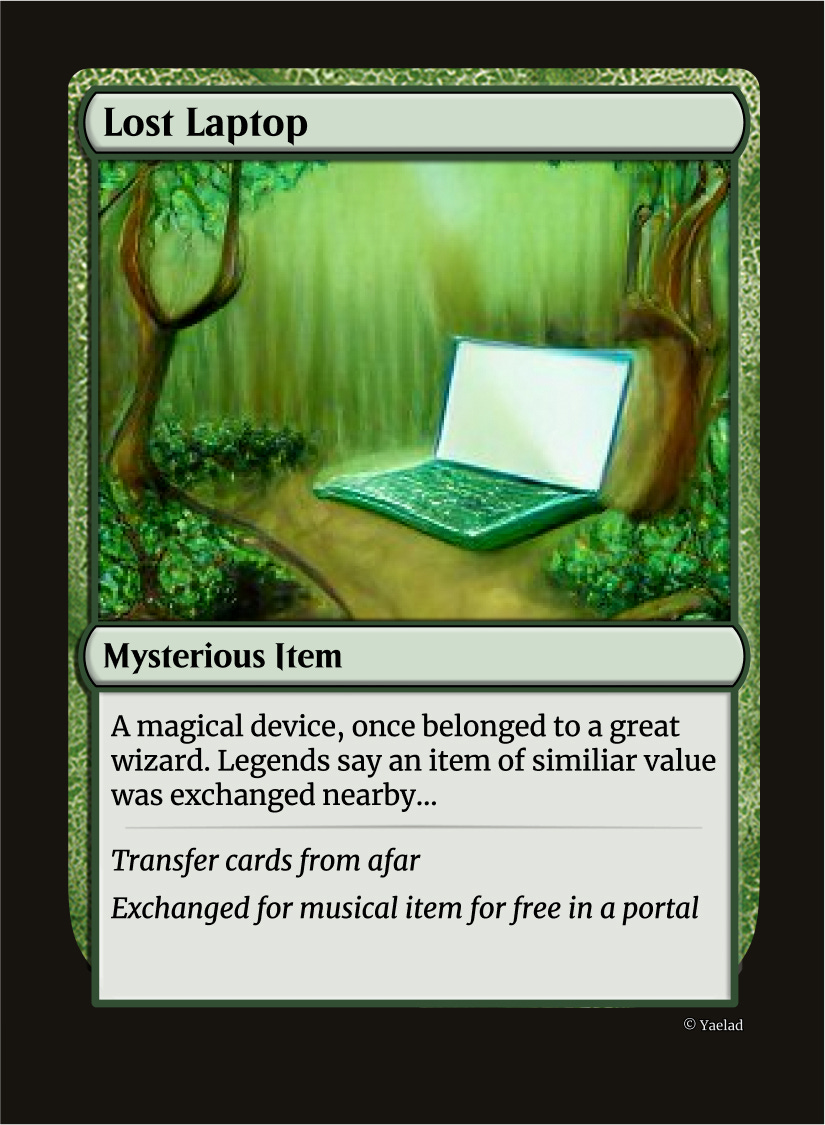
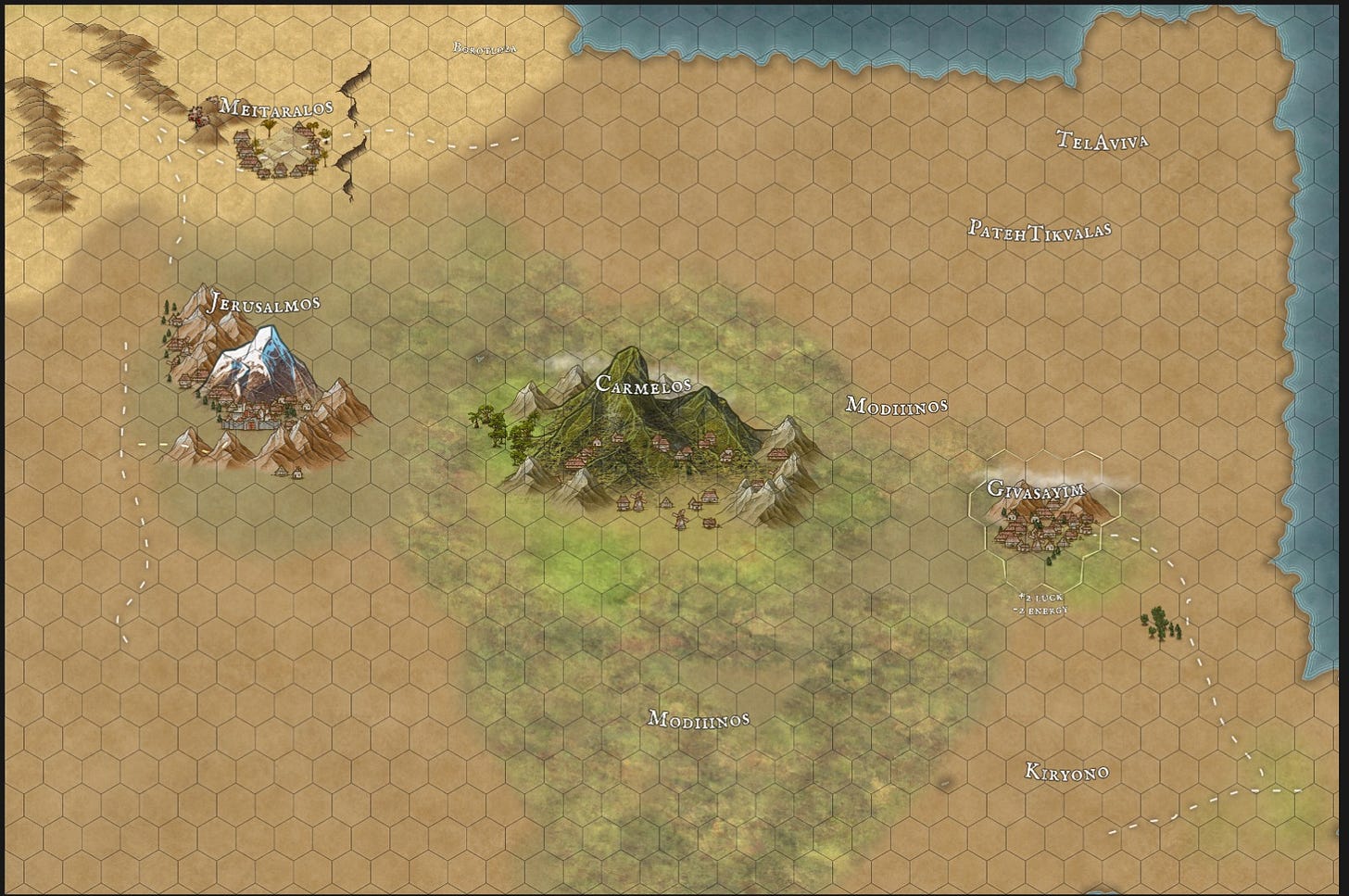
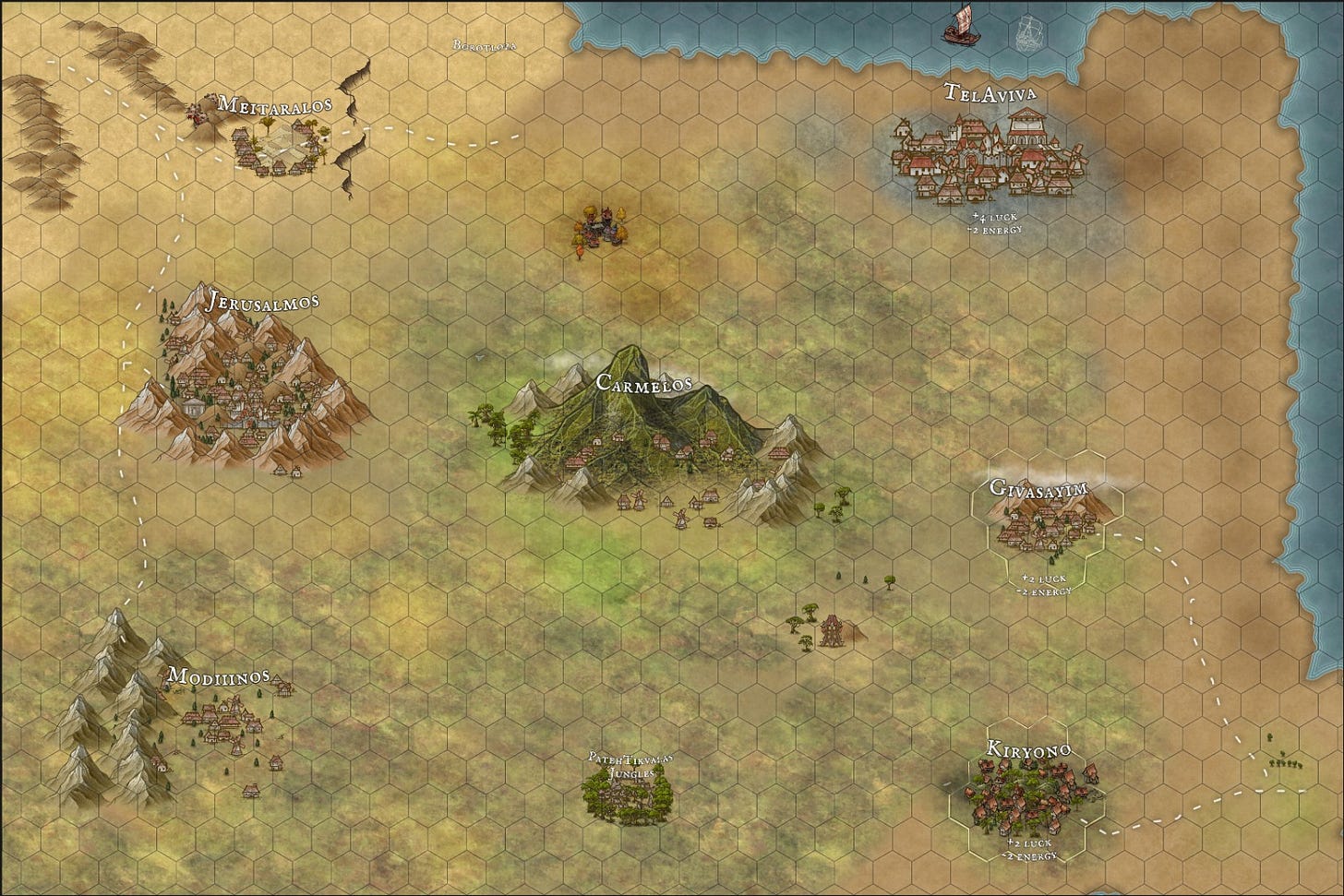
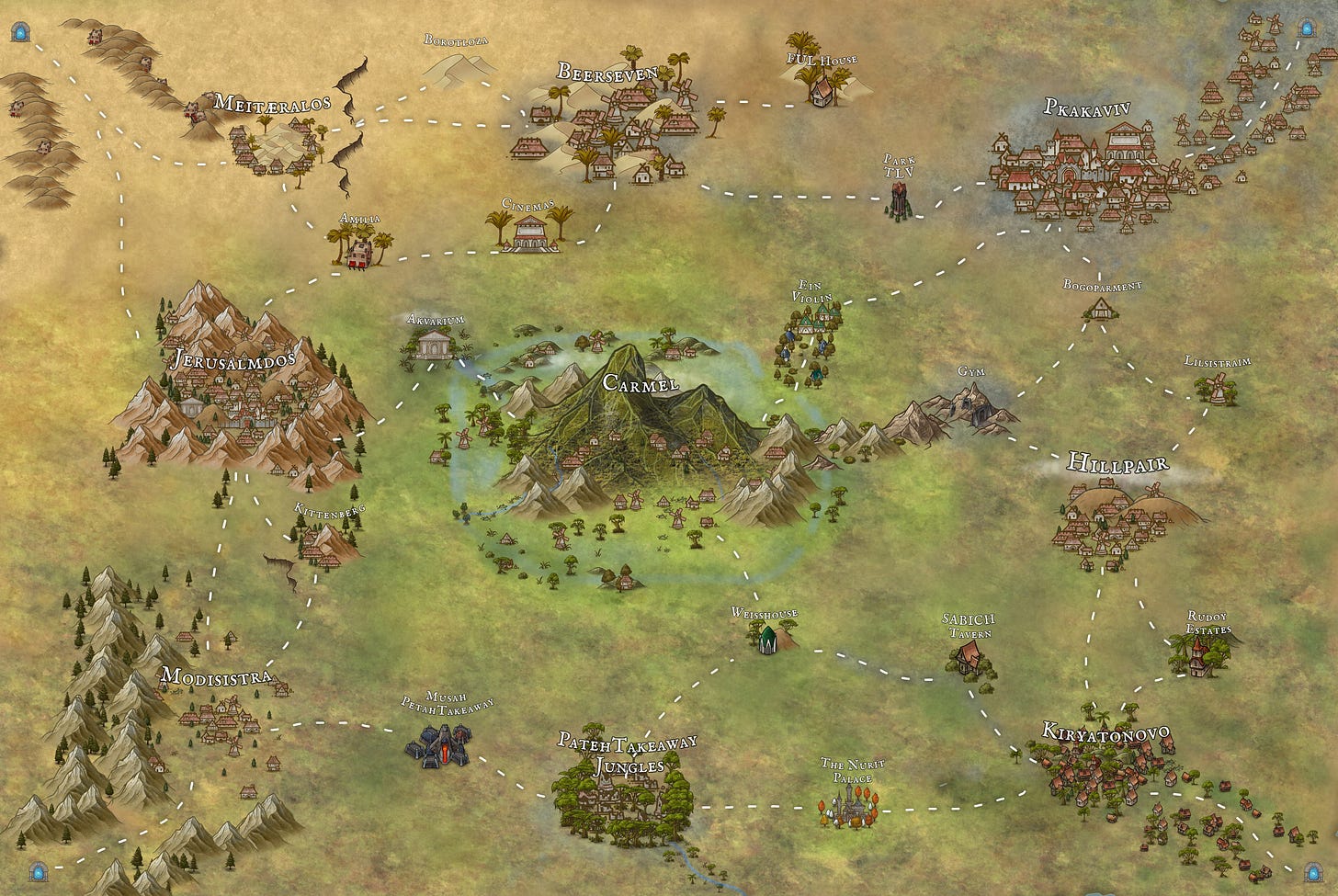
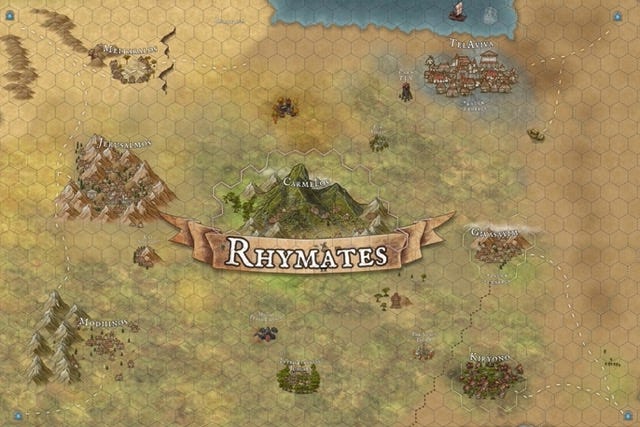
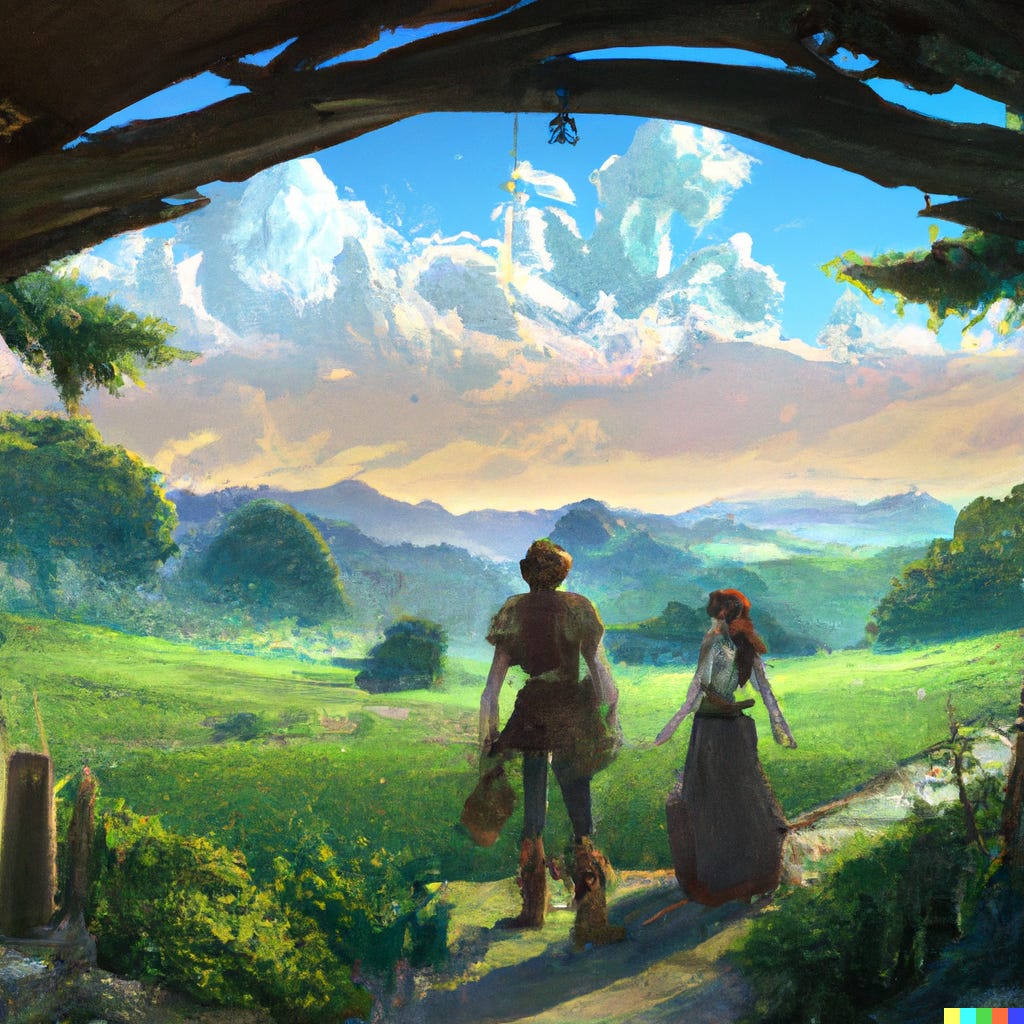
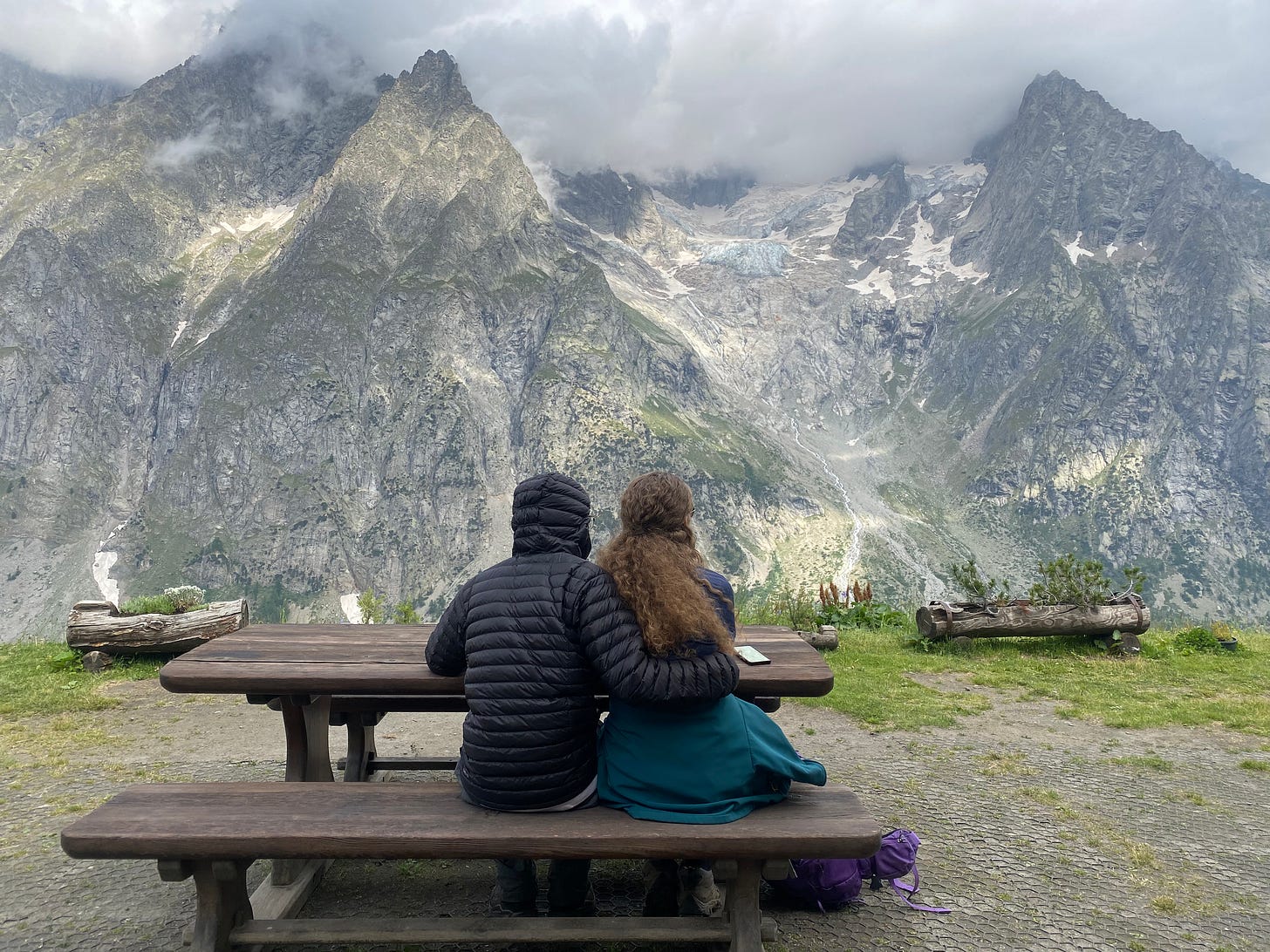
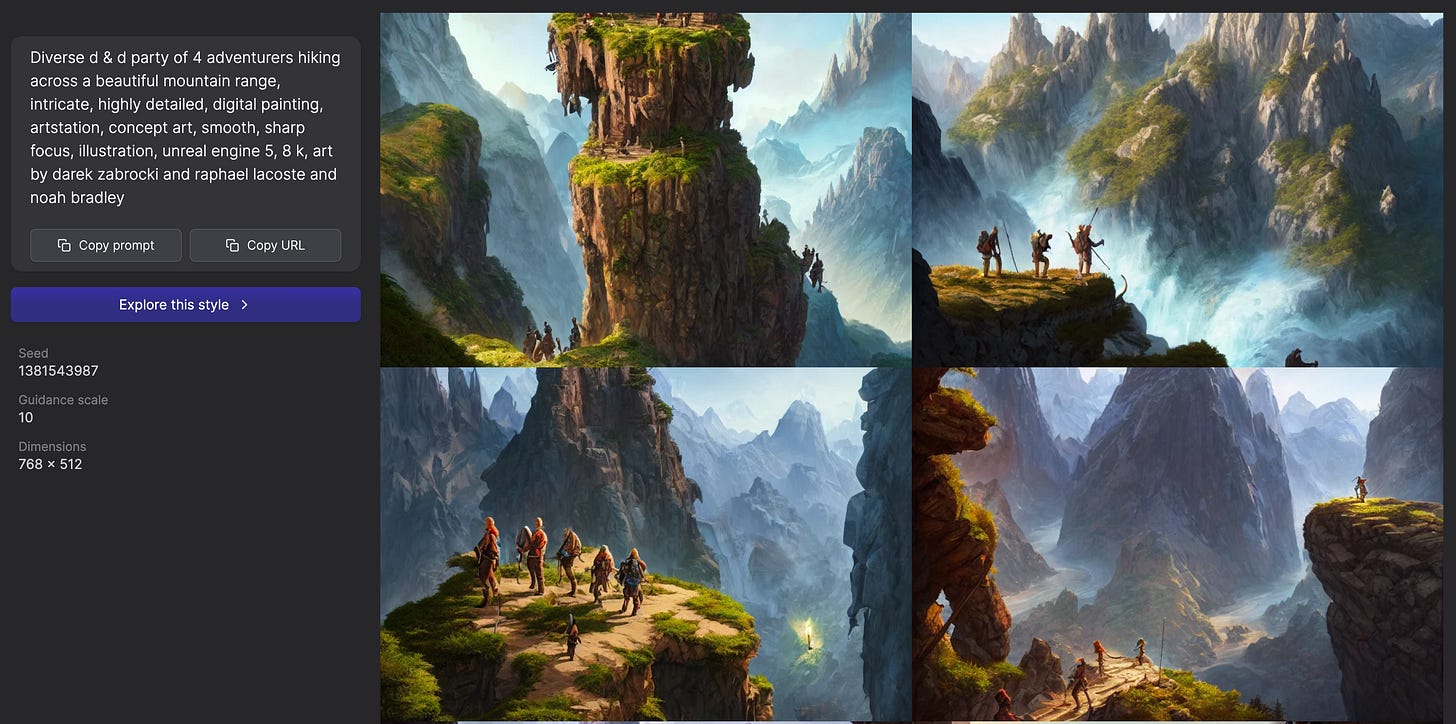
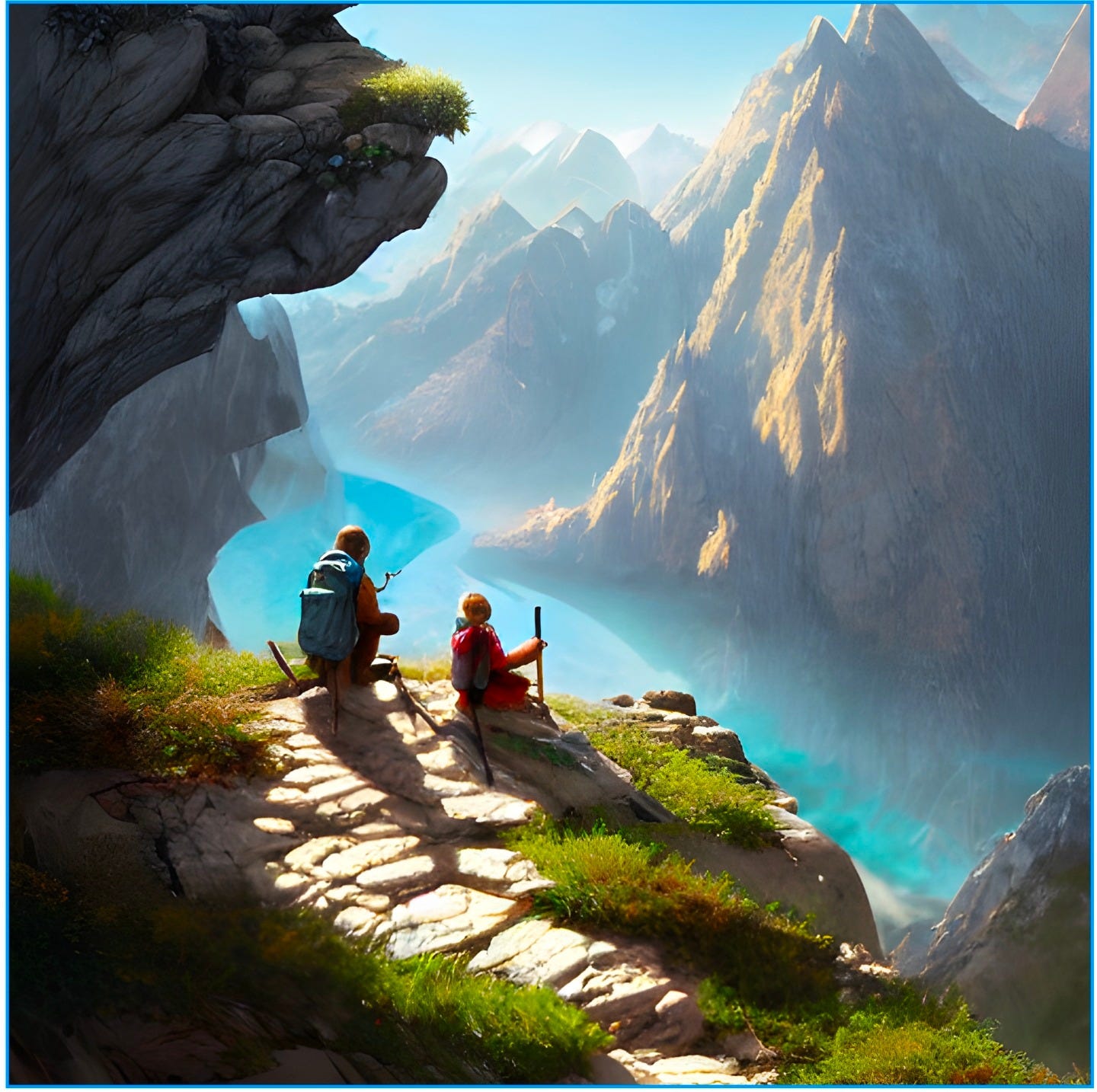
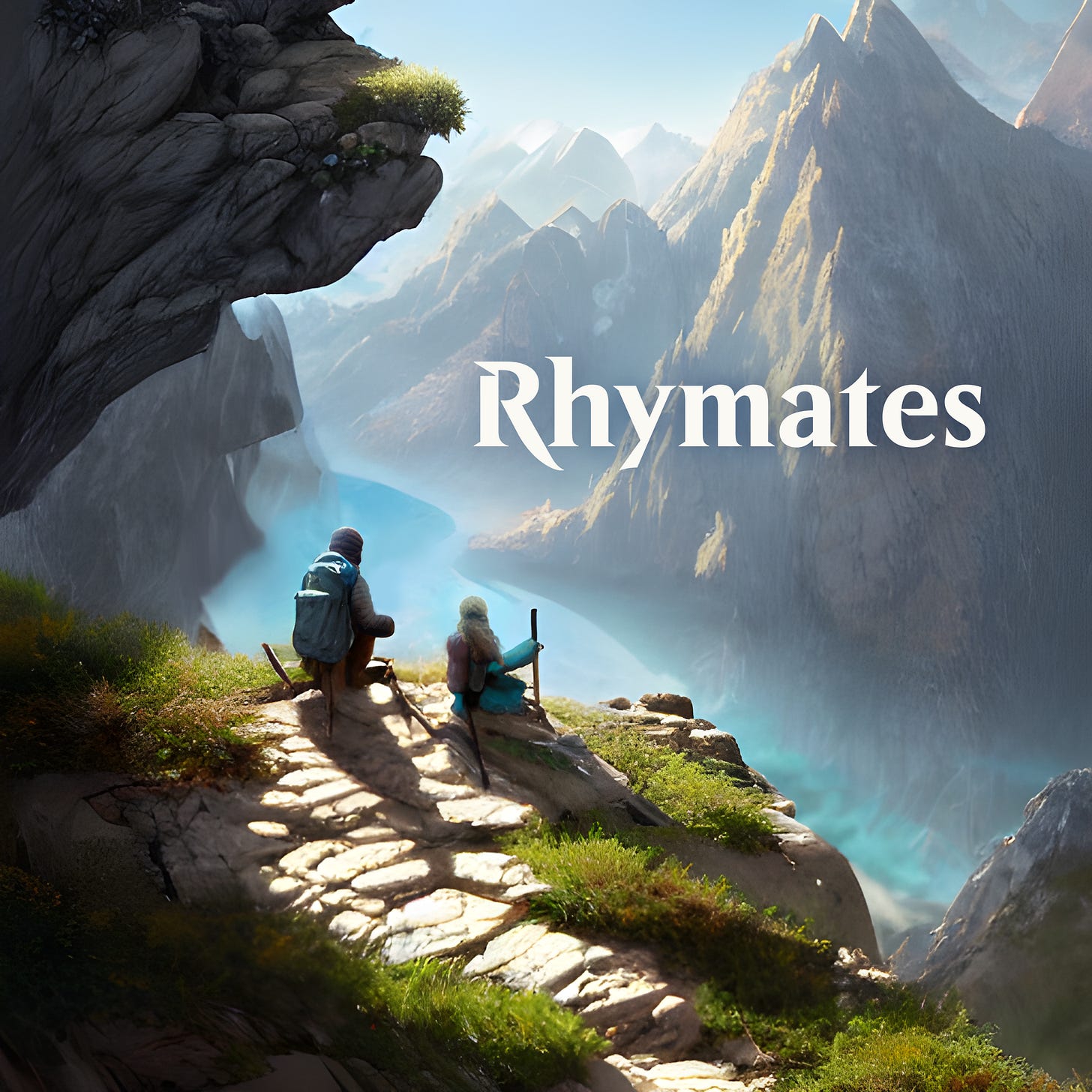
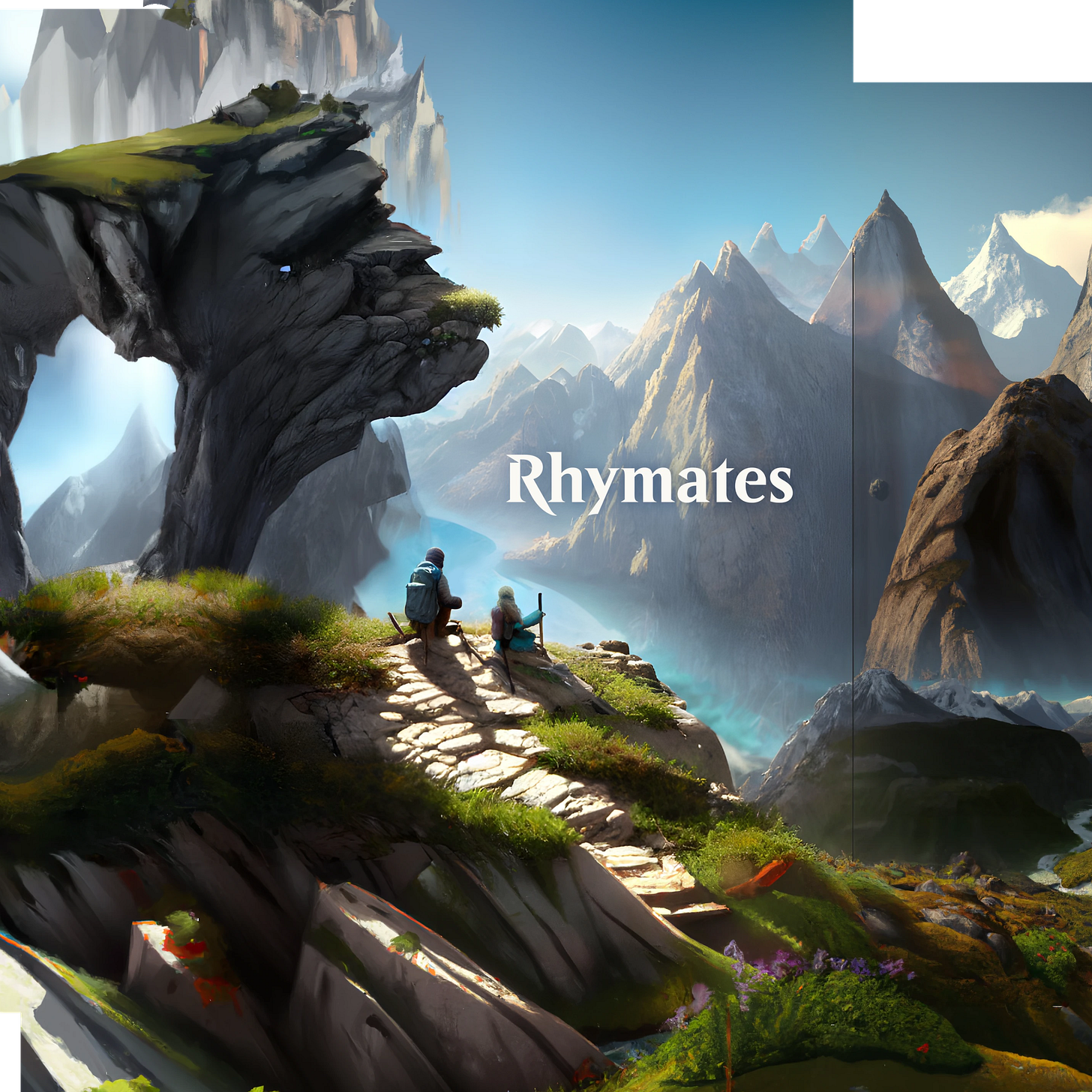


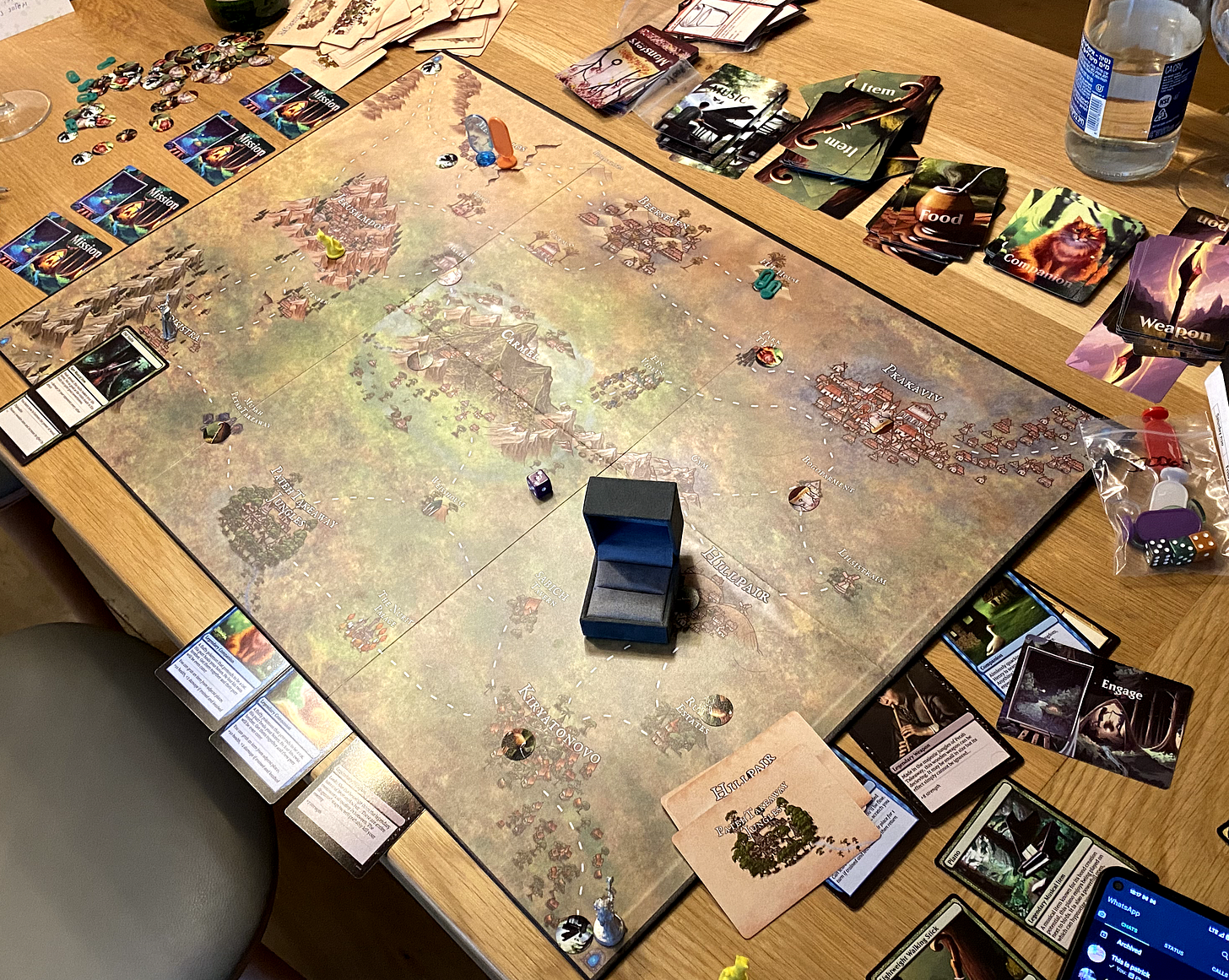
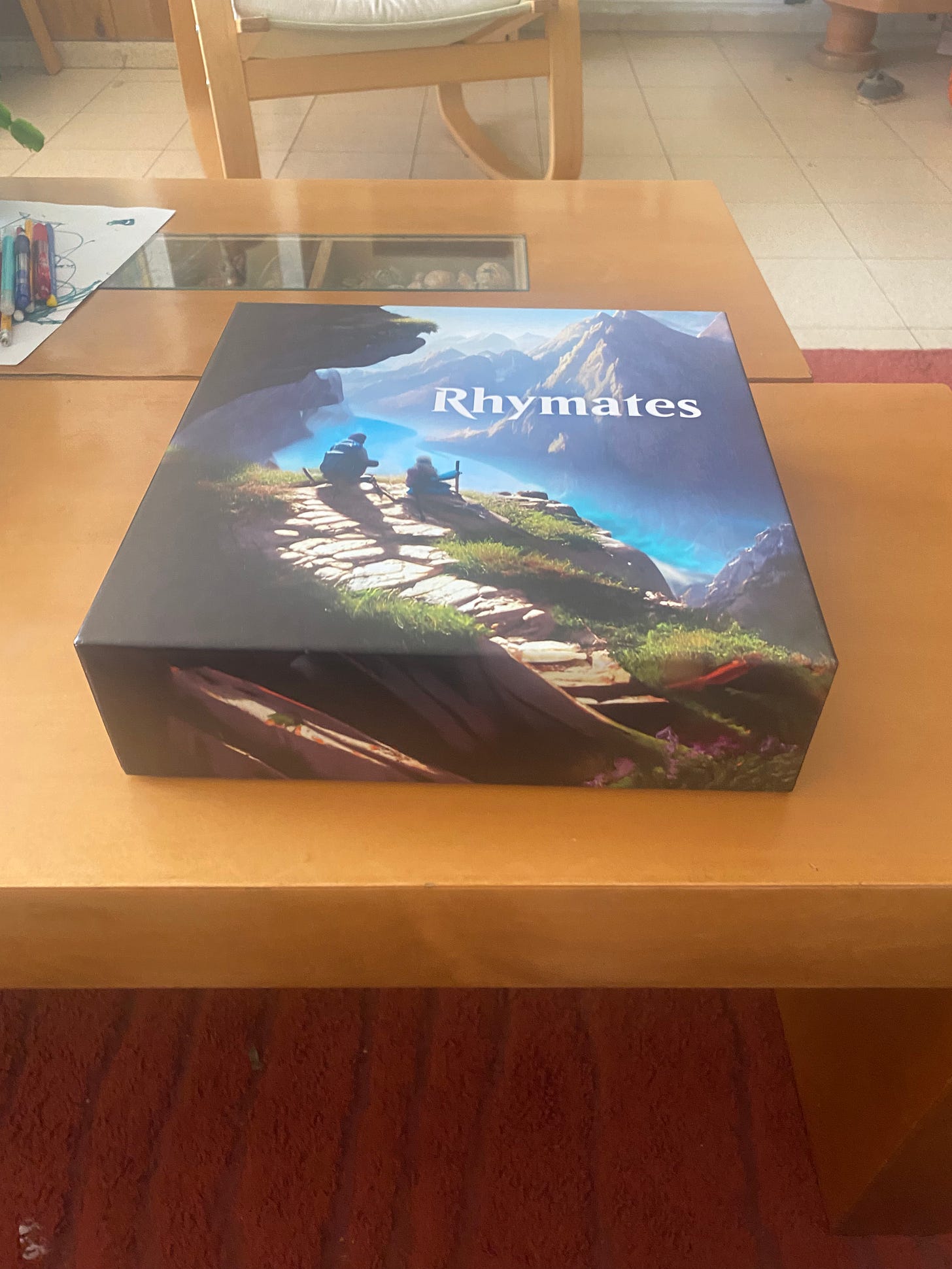
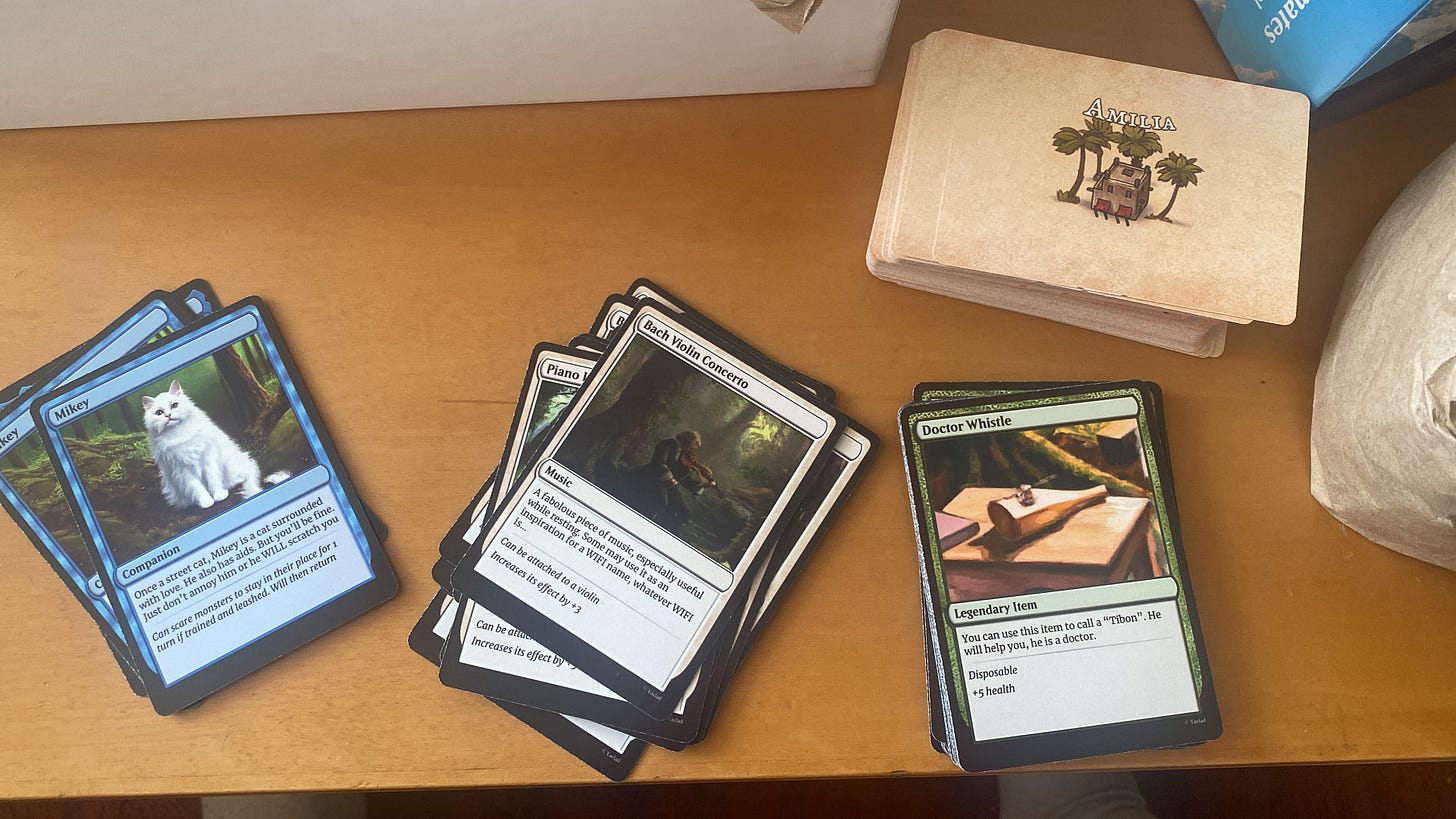
Amazing
That's super awesome! I love how much you invested in the details